BMW has announced details of its next-generation lithium ion batteries for EVs, named Gen6.
Due to arrive in the Neue Klasse (New Class) series of cars from 2025, the batteries adopt a cylindrical cell shape – as favoured by Tesla - rather than the flat, prismatic cell shape currently used.
Thomas Albrecht, BMW’s head of Efficient Dynamics, told Autocar: “Gen6 batteries will give us 30% or more range than our current Gen5, but we won’t go over 1000km [620 miles] of range, even though we can. We don’t think that such a long range is necessary.”
DC rapid-charging time is also set to be improved by up to 30%, meaning the Gen6 era of BMWs will be able to support ultra-rapid charging of around 270kW – on a par with the Porsche Taycan.
It’s also estimated that the Gen6 battery packs could weigh some 10-20% less than the existing Gen5 batteries, which weigh roughly 300kg for a mid-range pack.
The forthcoming Gen6 cylindrical cells use a unique BMW chemistry. They measure 46mm in diameter and either 95mm or 120mm in height. Using less cobalt but more nickel, they will be sourced from Chinese battery manufacturers CATL and EV, and are ultimately an evolution of the conventional lithium ion chemistry that's common to today’s EVs.
The change in cell shape has also brought about a new battery-pack design that's slimmer and allows for a more versatile ‘pack-to-open-body’ installation process, whereby the battery essentially becomes an integral part of the car’s structure.
Marie-Therese von Srbik, head of battery cell development at BMW, said: “With this next generation of battery, we will be much more flexible with how we integrate the cell. The whole vehicle is becoming more adaptive towards that.”
Company experts wouldn’t be drawn on the longevity of the new batteries, but Albrecht confirmed: “Legislation is coming in to further guarantee battery life. For instance, the US will require a minimum 80% battery performance after 10 years. We're performing better than that.”

To cope with demand for the new Gen6 batteries, BMW plans six new battery plants in Canada, China, Europe, Mexico and the US. These will be located close to existing car-production facilities in order to reduce transportation needs.
There are financial benefits, too, as BMW estimates that the changes in battery design and manufacturing process will result in production costs falling by some 50% – a big saving, given that currently the battery accounts for around 40% of the whole cost of an EV.
Those same changes, which include a push towards completely renewable energy in all of BMW's facilities and in those of its third-party suppliers, are also said to result in a 60% reduction in the CO2 created during production.
Recyclability is also a focus for BMW. Von Srbik explained: “We're still aiming for a cyclical life with the metals in our batteries. We’ve even managed to achieve our first closed loop with one of our manufacturers in China. But overall it’s a very long loop. Batteries have a long life, and you have to think about a whole new industry in the meantime, but we can eventually get to a point where most if not all of the precious metals in our batteries can be from recycled sources.”
More detailed information on the potential environmental improvements from Gen6 batteries will be forthcoming with BMW’s "battery carbon footprint declaration" that’s planned from 2024 onwards.
Other battery technologies aren’t being ruled out but aren’t being confirmed either. Von Srbik confirmed: “We've investigated lithium ion phosphate batteries, but the energy density on a cell level is much lower, so for a highly integrated approach, it makes more sense to use this technology in lower-range vehicles.”
Gen6 batteries will be used by all BMW Group brands, ranging from Rolls-Royce to BMW to Mini, following their introduction in 2025.

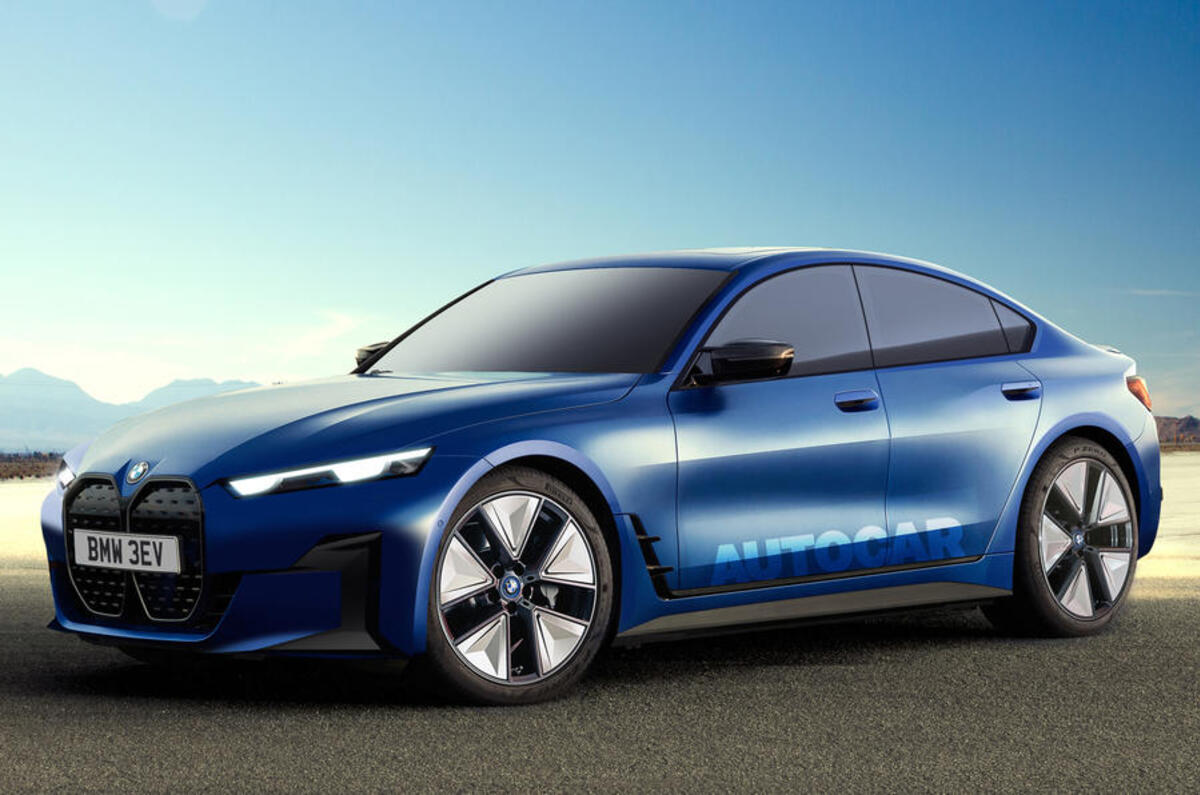
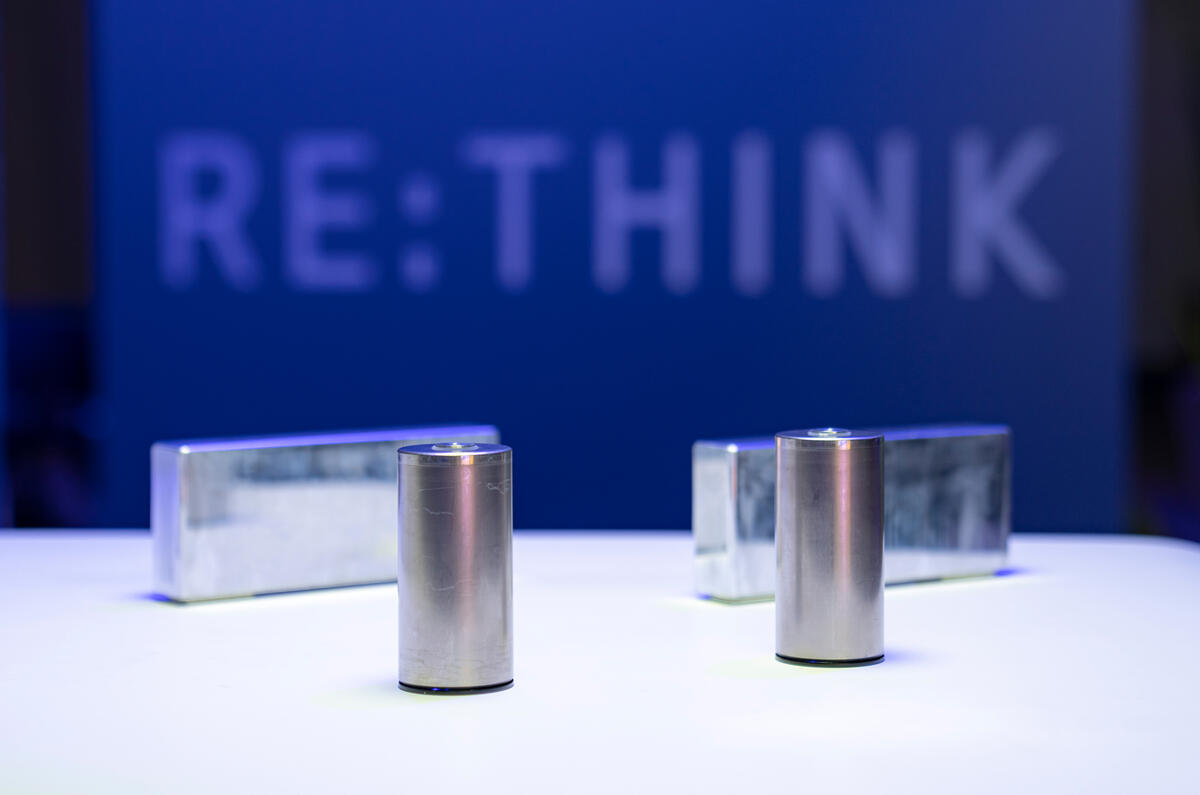
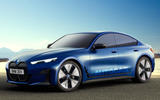
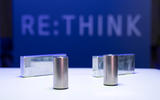

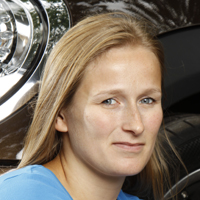


Join the debate
Add your comment
Wild claims of 300kg weight reduction on the middle model? That would put it down to parity with a petrol car.
Doesn't even stand a whiff of scruitiny, given Tesla are selling cars with that technology now in the US (and including weigh-saving large castings), and guess what? There is a measurable weight saving: 20lbs.
That wasn't the claim though, was it. The claim was a saving of 10% to 20% off a mid range pack's 300kg.
I will believe when I see it. It doesn't matter what range that these BEVs have when electricity prices are going through the roof making petrol and diesel vehicles cheaper to run and the EU and UK might have blackouts therefore the BEVs won't run over the next few years. Wind and solar can't provide us will cheap, reliable and constant electricity which is why we need coal, oil, gas and wood (look at Germany cutting down their forests at the moment) due to reducing Russian oil and gas.
Click, click, write a few debatable sentences, hoping someone will bite, what about the Car?, what your actually meant to be commenting on, the Car.
What car is that then? This article is about a hypothetical car years off release.
Ahh the old daily mail shiek of blackouts are coming, hope you use gas powered petrol pumps then. BEV are still way cheaper to run and have many other advantages of an ICE. Either way the electricity price will come back down or stablise, but you can still get it overnight at less tha 10p a KW
It's almost as if petrol and diesel don't consume vast amounts of energy to produsce them.
As for forestry clearing in Germany, that's nothing to do with producing fuel. Since 2018 Germany has been experiencing a serious beetle infestation, which accelerated through last year, leaving as much as 80% of some species damaged. Problem caused by warmer, wetter winter conditions punctuated by drought.
350,000 hectares are having to be reforested. Even if cutting was due to a crisis in energy source you can't just burn freshly cut wood and, in any case, pines and spruces - which make up the majority of the cutting - are not very dense, produce low heat, and contain resin - especially pine - which you don't really want clogging up your combustion chamber of choice.
I would have thought hexagonal cells would be the best idea if that's possible as it's the most efficient packing shape as the bees well know. Still any progress is likely to be good.
The packaging benefits of hexagonal batteries wouldn't overcome the uplift in manufacturing time and cost (batteries are layers of material - easier to roll than shape (and the shape would lose its form as the layers build*), have less good mechanical resistance, and would still need to be gapped, somewhat, to disapate heat.
*Prismatic cells have thicker walls, so might work better in a hexagonal shape, but it's still more hassle to make them.